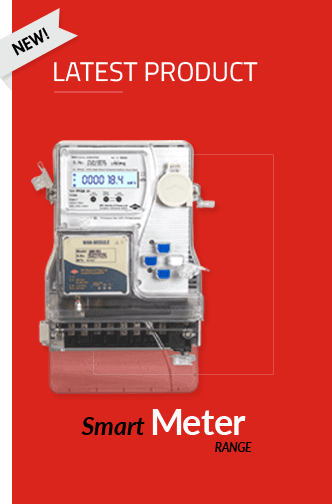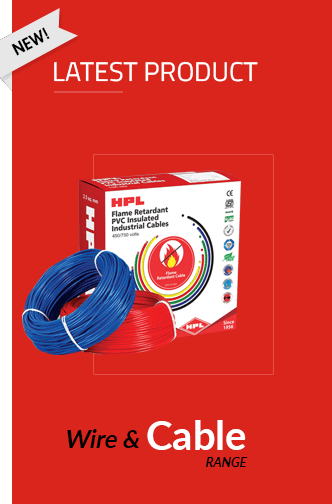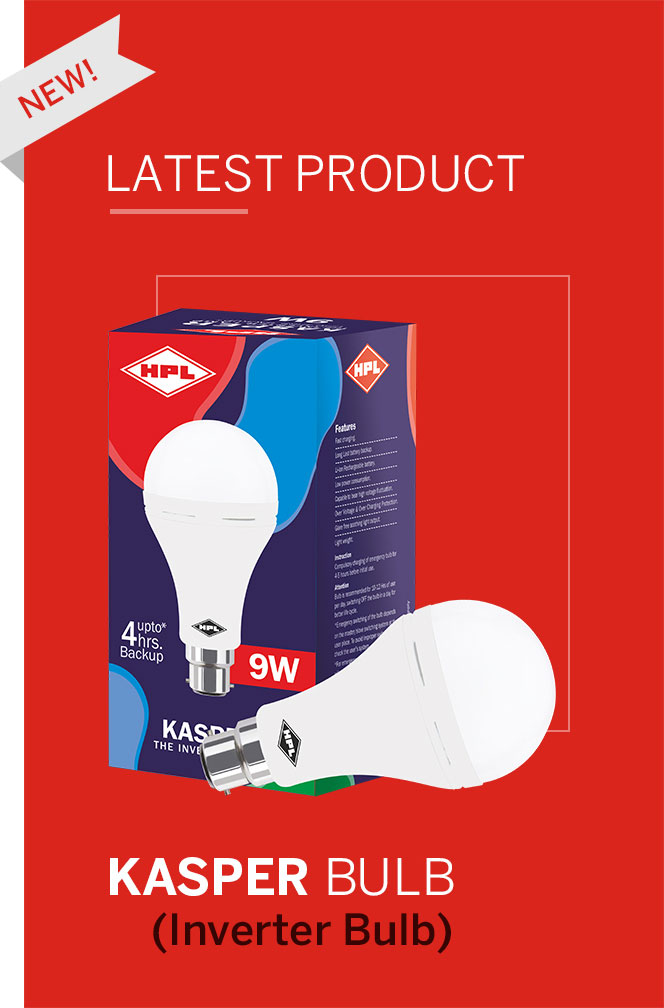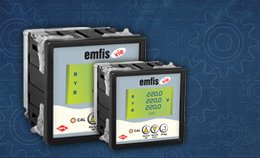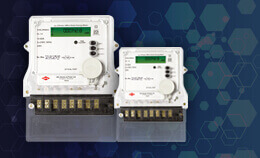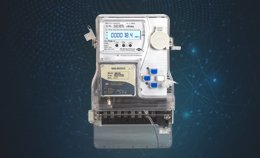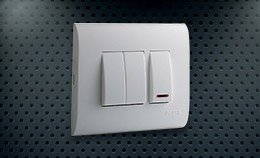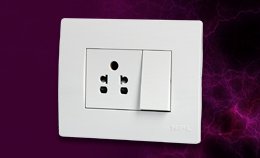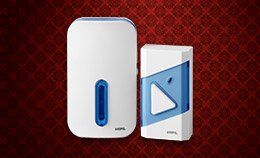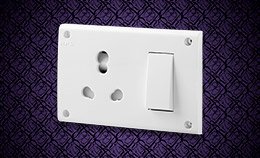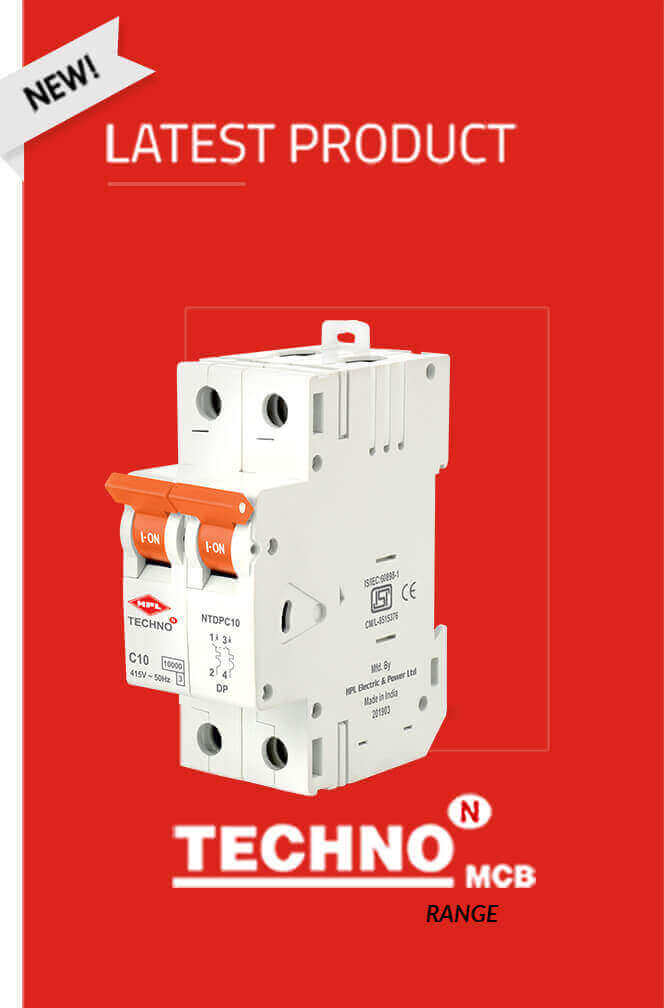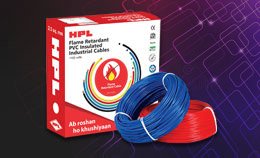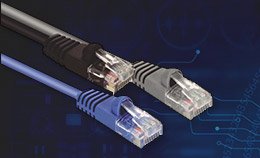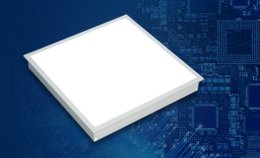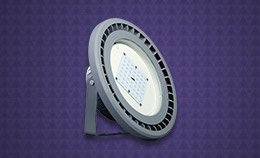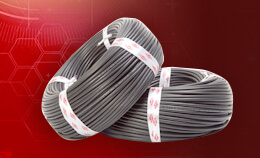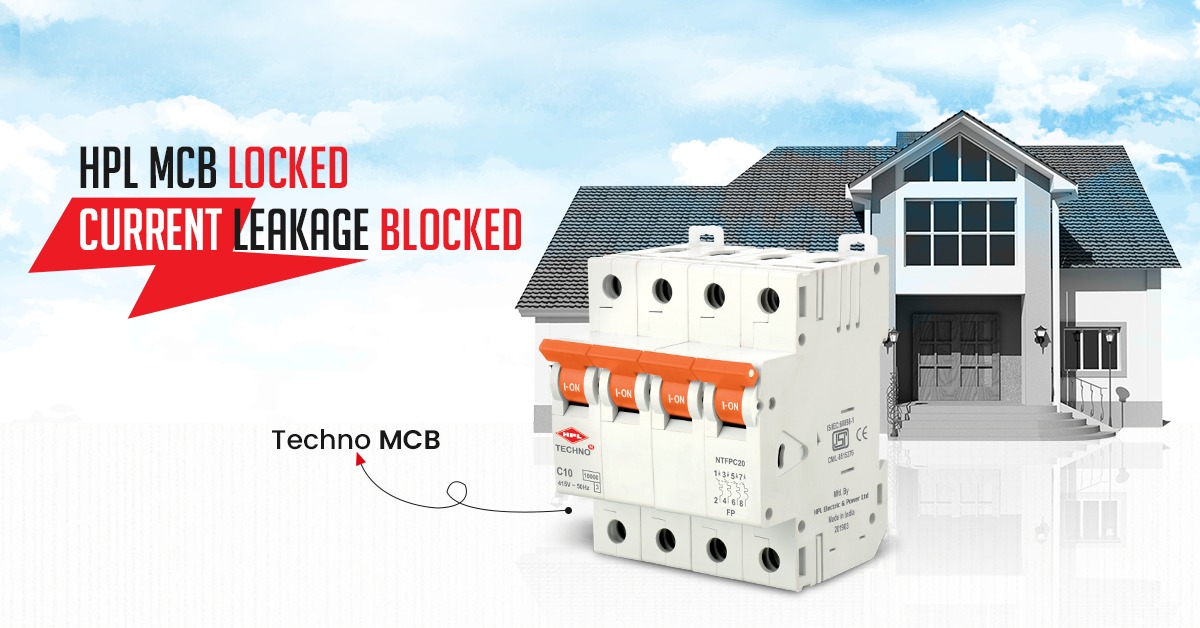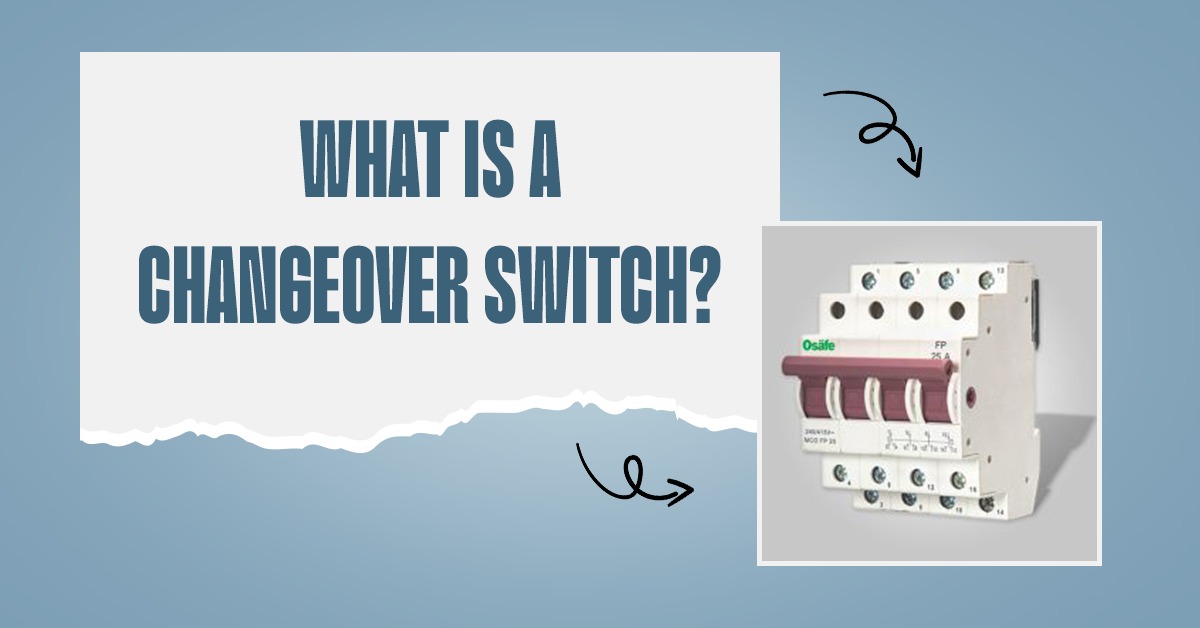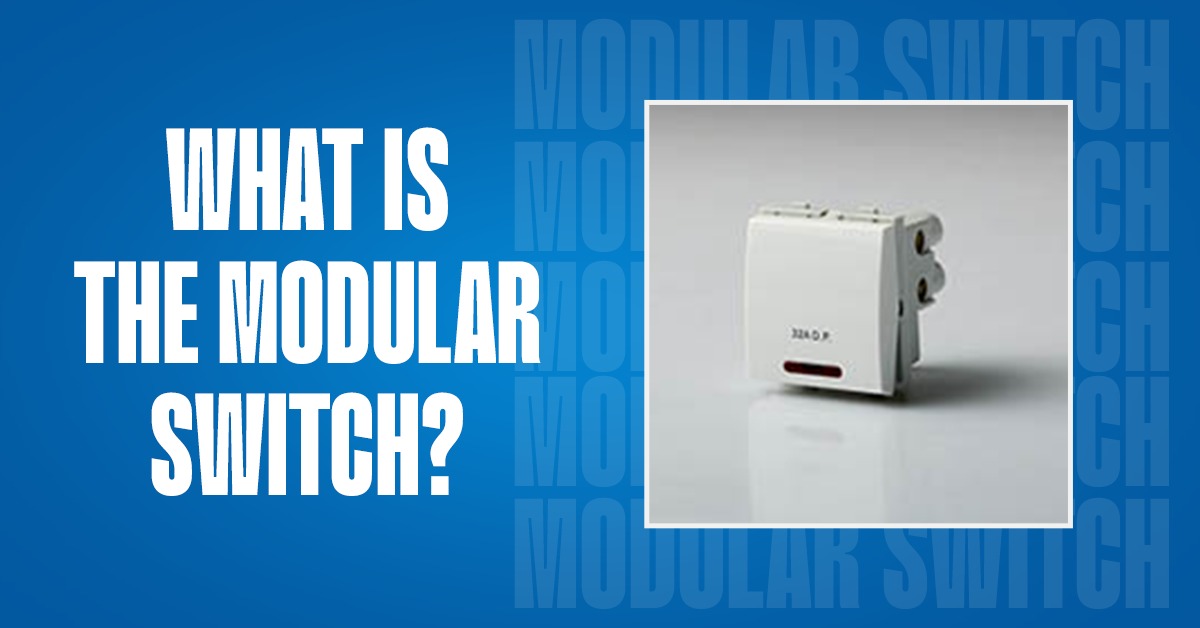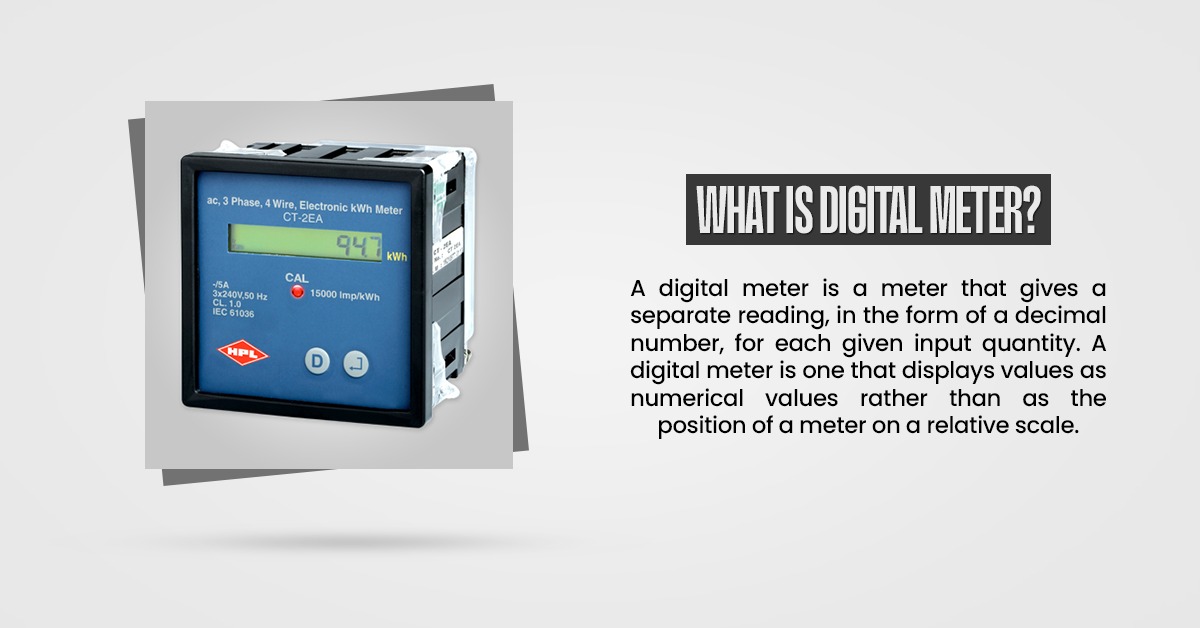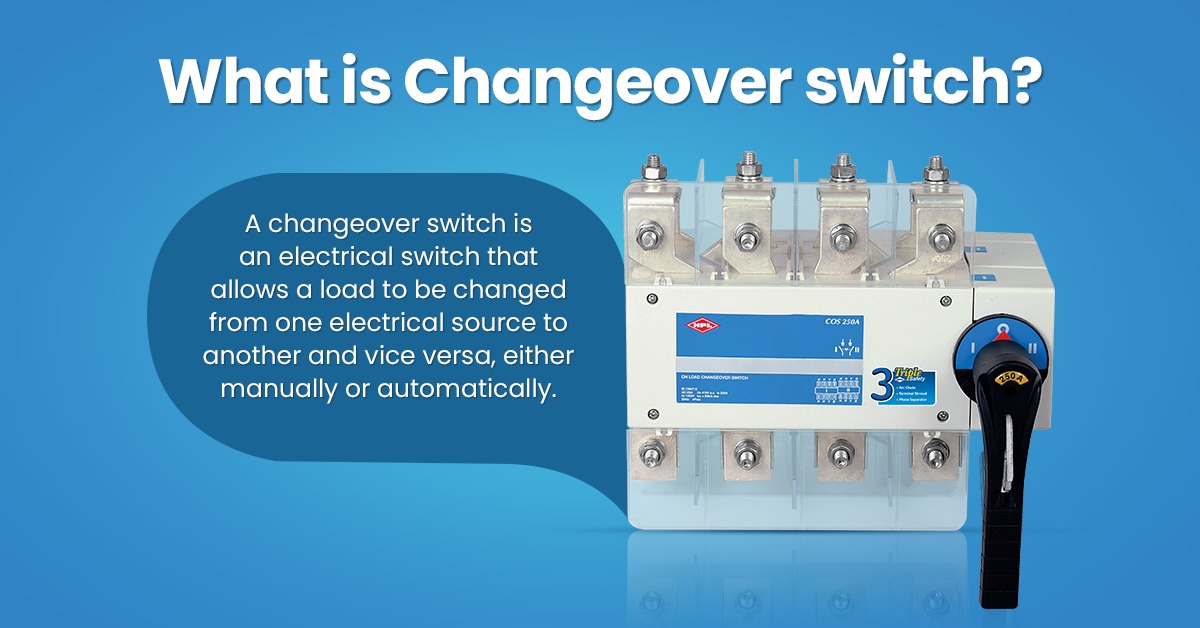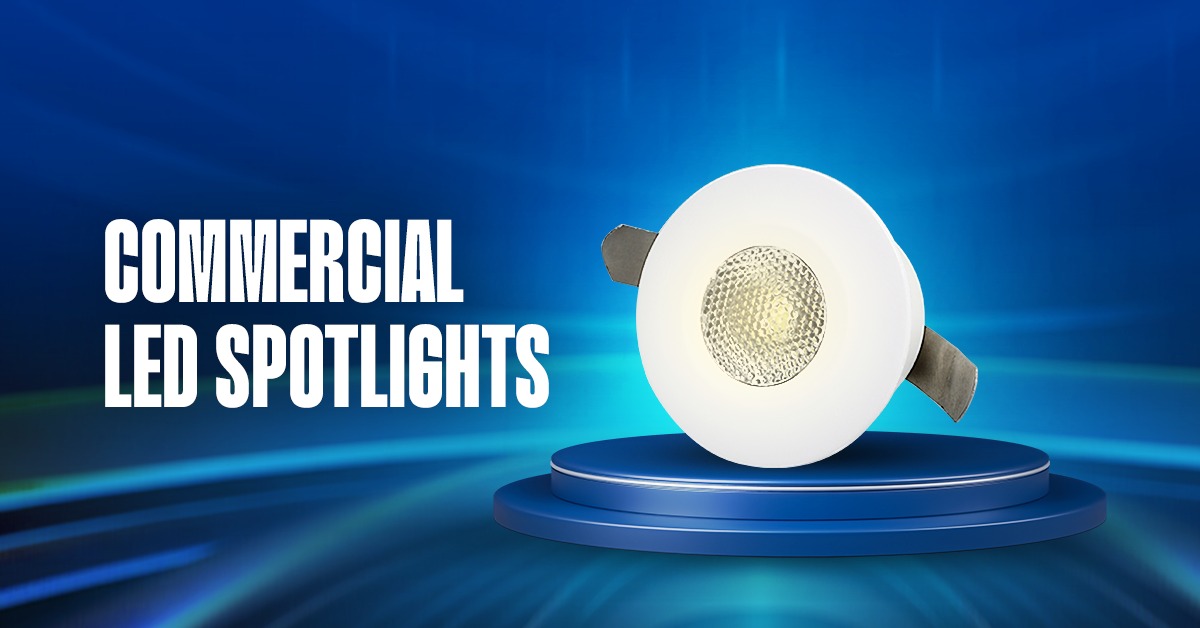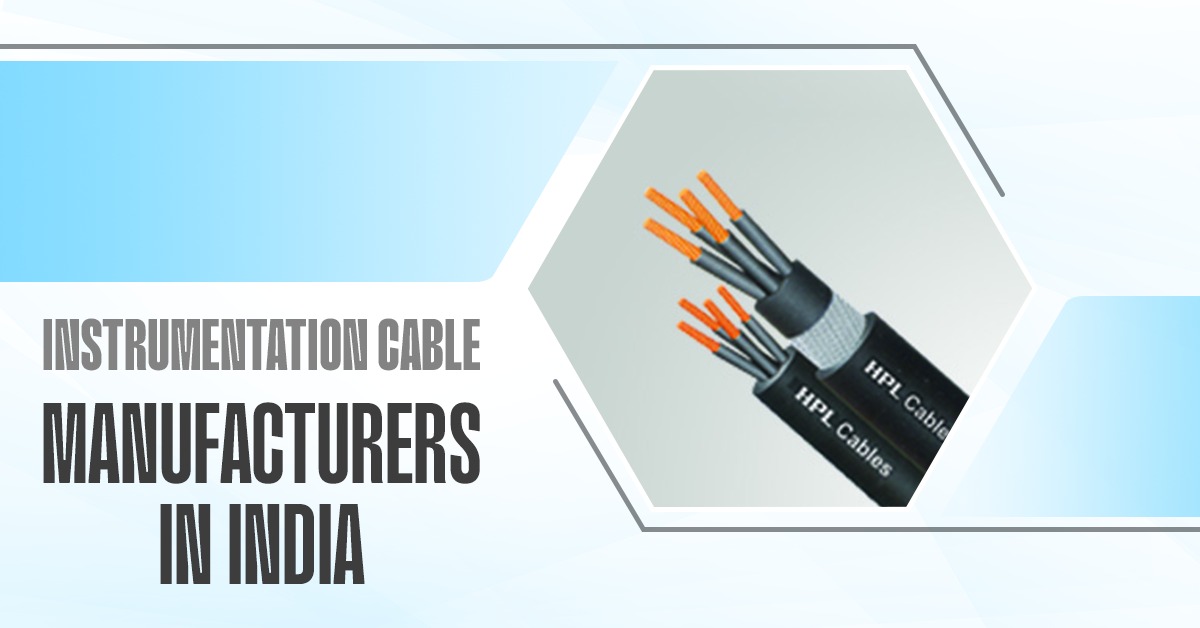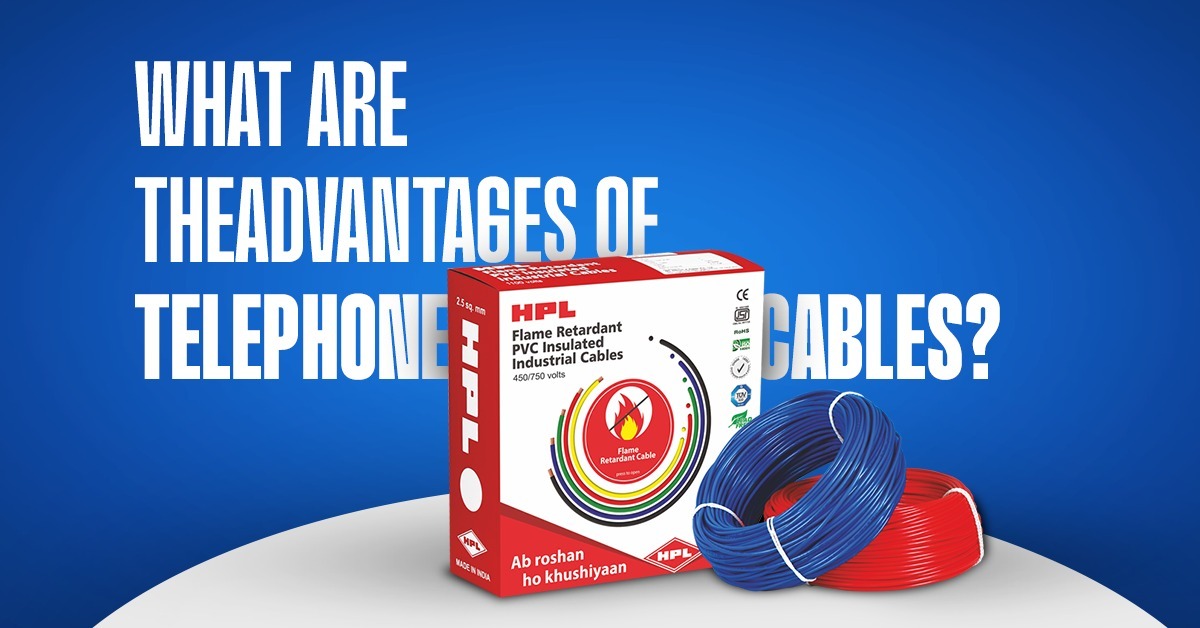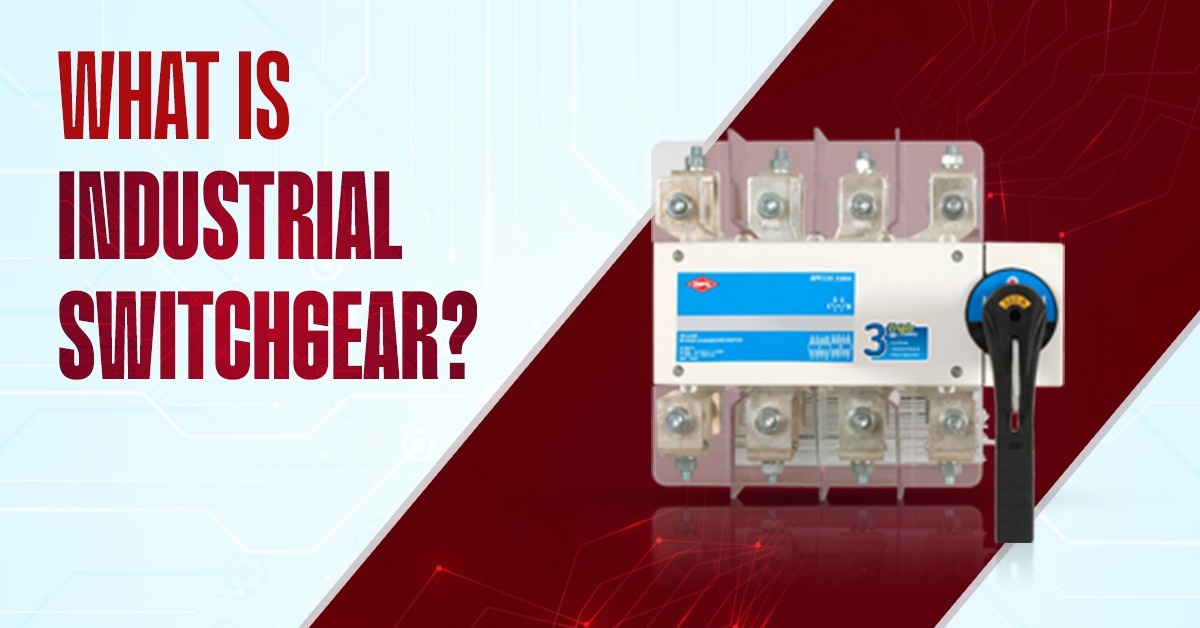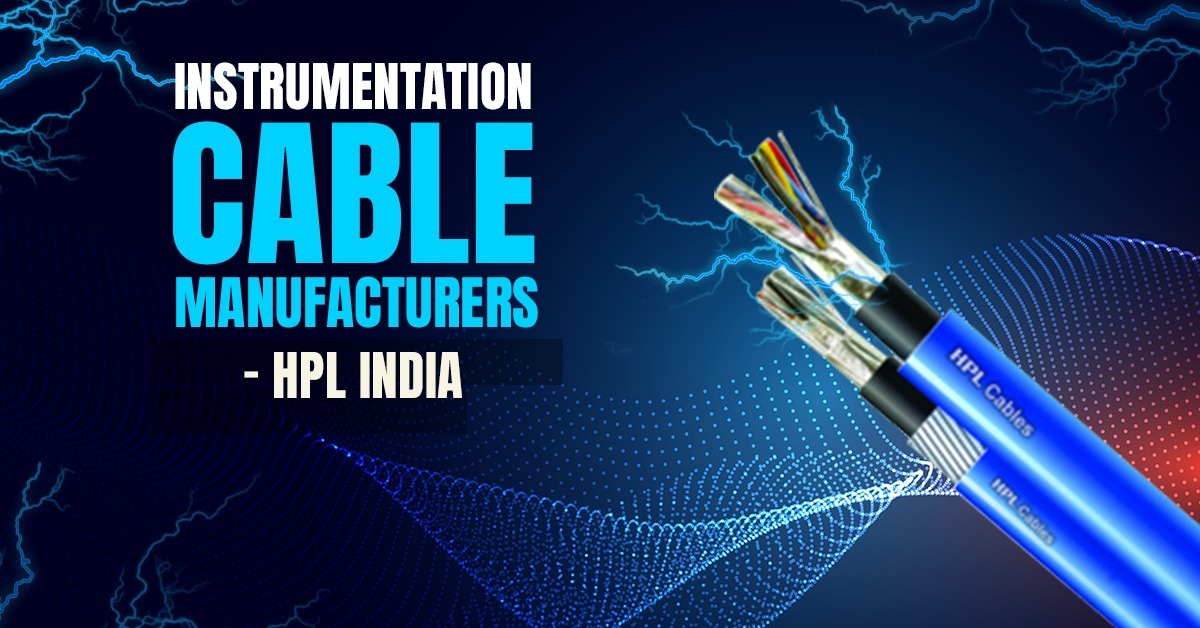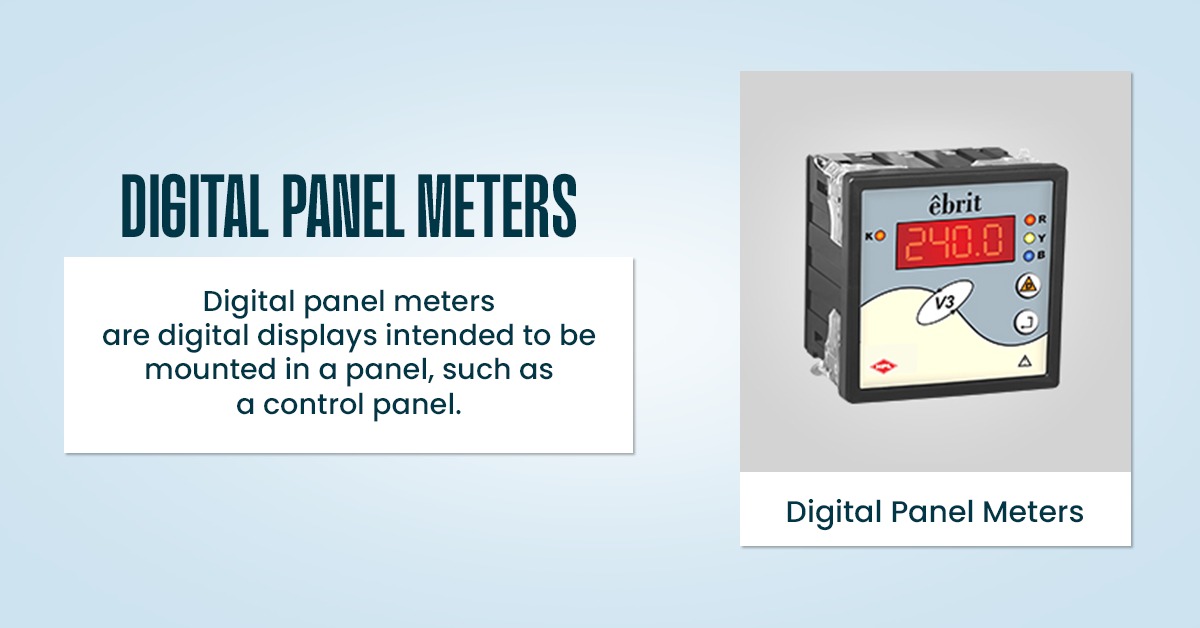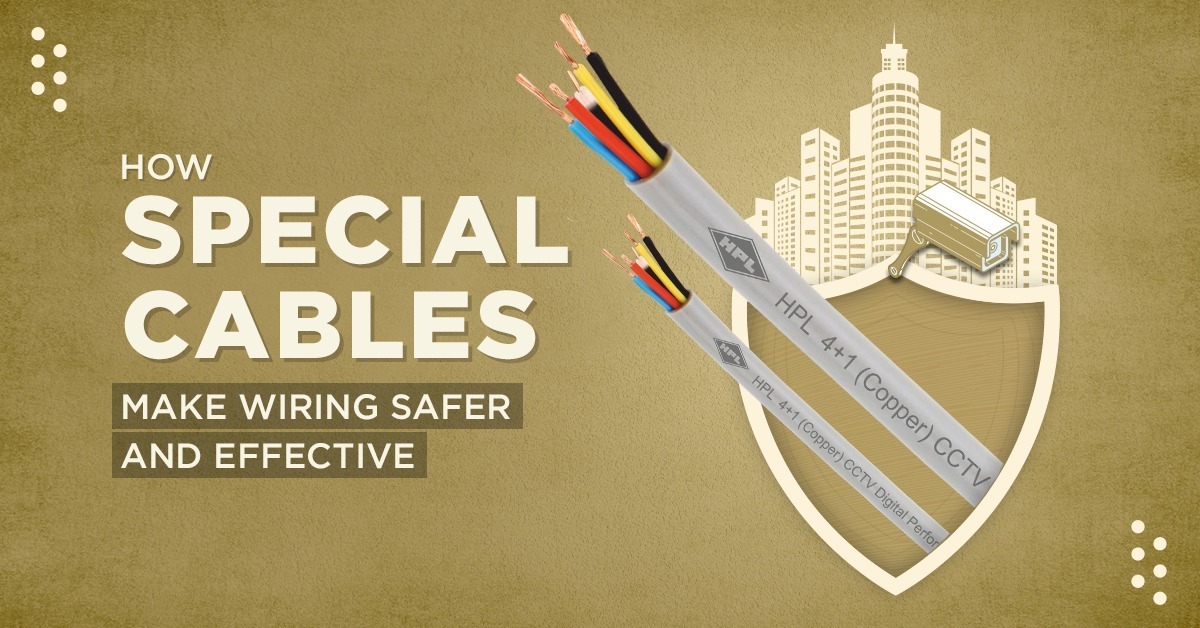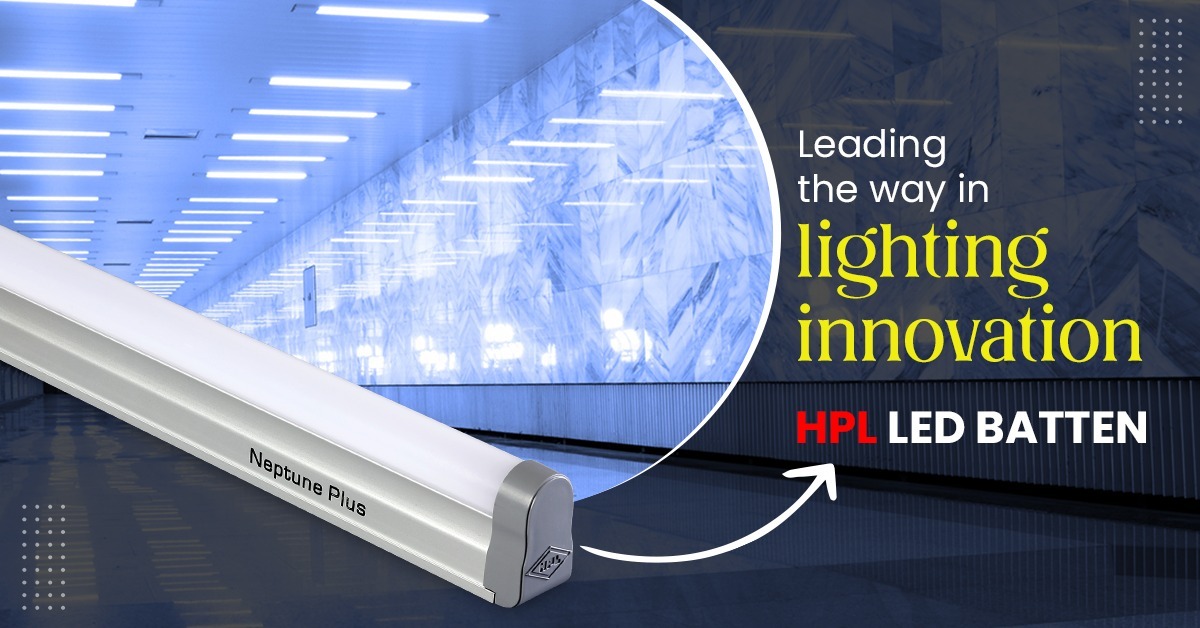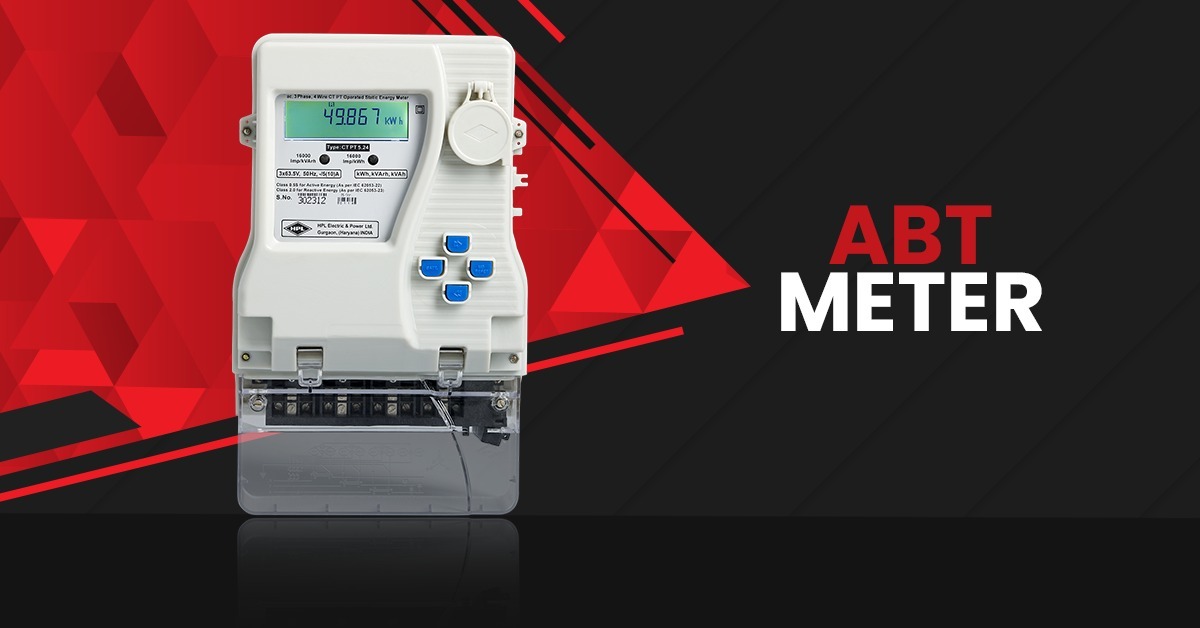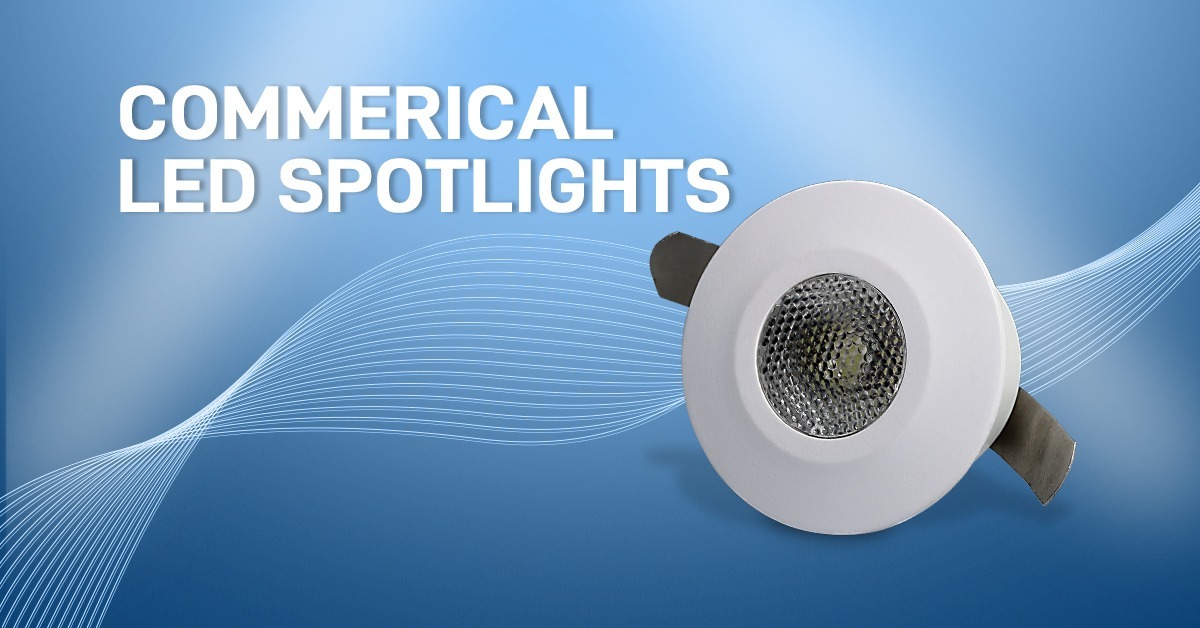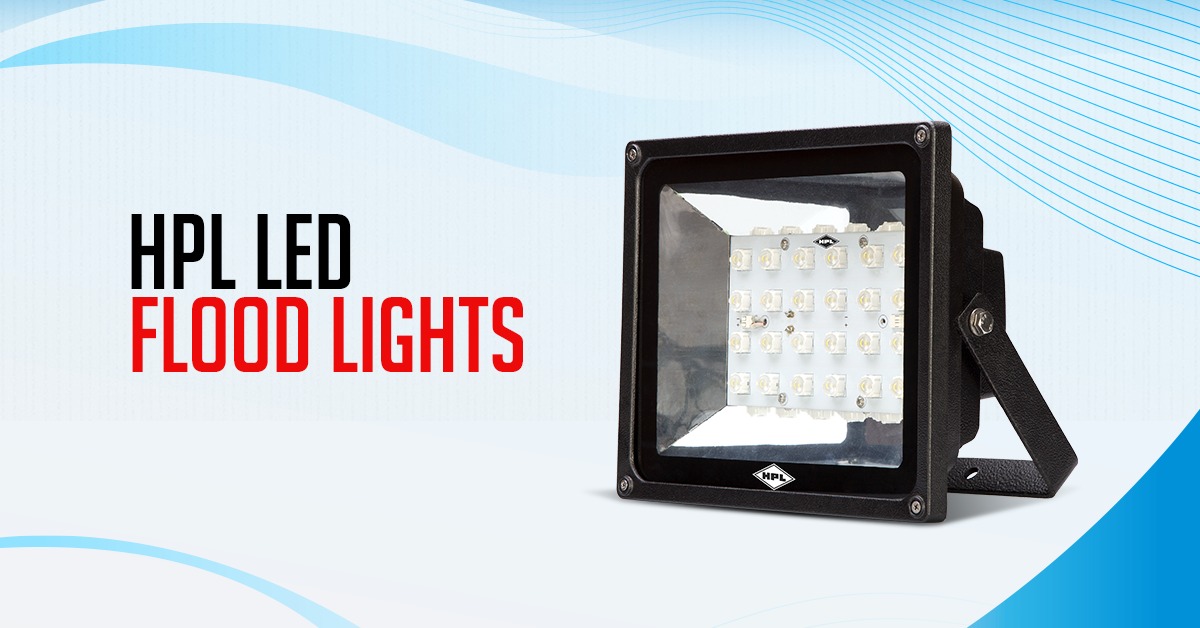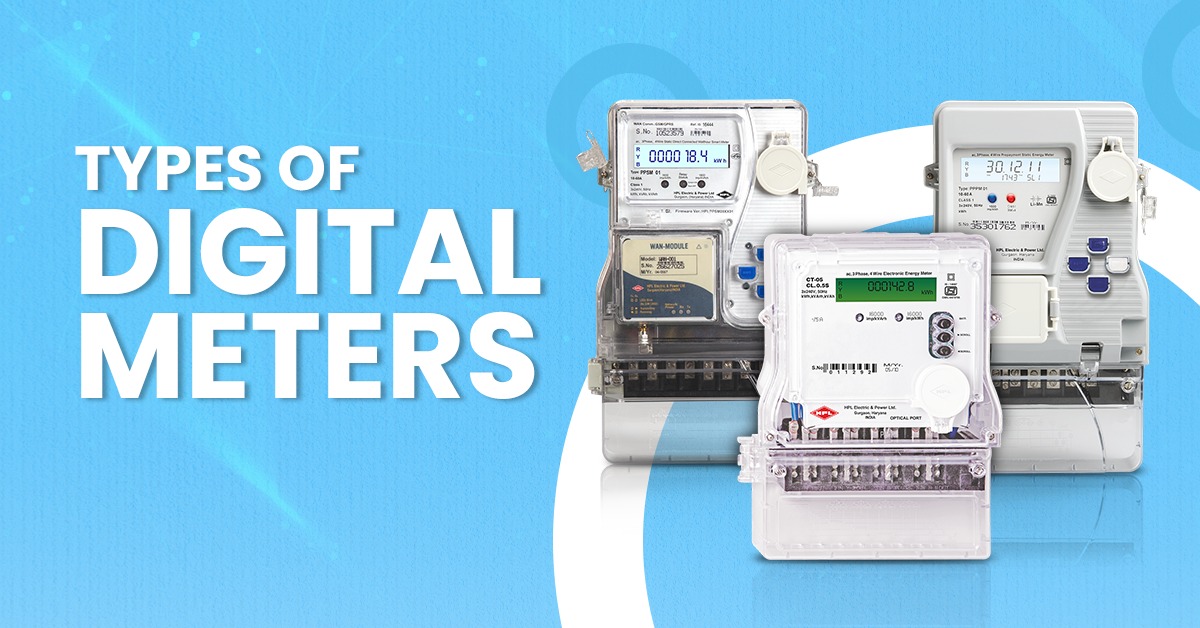What is an MCB?
Let's start with the fundamentals: what exactly is a MCB Switch? An automated electrical switch is known as an MCB. MCB manufacturers in India design the miniature circuit breakers to guard against overcurrent damage to an electrical circuit. To guard against electrical problems and equipment failure, they are built to trip during an overload or short circuit.
Miniature Circuit Breaker is a safety accessory with an electro-mechanical mechanism of action. MCB is an automatic switch that opens when excessive current flows through the circuit. It can be reclosed without any manual replacement.
In residential, commercial, and industrial environments, MCBs are frequently utilised as isolating components. They belong to a larger family of stronger circuit-breaking switchgear.
How Does a Miniature Circuit Breaker Work?
To minimise failures and false alerts, miniature circuit breakers employ a mechanical mechanism that is relatively durable. Overcurrent, which is electrical current that exceeds a predefined safe current, causes them to trigger.
Due to too much current, the bimetallic strip inside the MCB Switch warms up, bends, and trips. In order to contain the arc (electrical discharge), this flips a switch, separating the electrical contact points. An insulated metal strip called the arc chute separates and cools the arc. Once the fault has been fixed and the MCBs have been reset, the contacts close once more.
MCB Switch
Both overloading and short-circuiting are protected by an MCB Switch and MCB Changeover switch. These are identified using a variety of methods and procedures. The tripping coil uses electro-magnetic operation to prevent short circuits, whereas the bimetallic strip uses thermal operation to prevent overload.
The MCB Switch will trip very quickly—within one-tenth of a second—if the discharge is particularly high. When the overcurrent approaches the safety limits, the component will respond more slowly.
MCB Changeover switch
Technology runs the world of business and the home, fuelled by electrical equipment. Electricity overloads or disruptions could seriously cause extensive damage. For this reason, we require a steady supply of electricity. The MCB Changeover Switch ensures the continuity of power supply to protect our buildings from electrical hazards by safely transferring electricity from one source to another.
MCB Distribution Box
A component of an electrical supply system known as an MCB (Miniature Circuit Breakers) Distribution Box distributes an electrical power feed into subordinate circuits while providing a protective fuse or circuit breaker for each circuit in a contained enclosure.
HPL provides a wide selection of industrial MCB boxes that are perfect for various industrial applications. Furthermore, due to special qualities like a longer service life and resistance to various adverse conditions, MCB distribution boxes are in high demand by customers throughout India.
As one of the top MCB manufacturers in India, HPL provides a variety of compact, aesthetically appealing and elegant MCB distribution boxes with special user-friendly features.
Safety, convenience, and simplicity are all hallmarks of a good industrial MCB box.
FAQ - Frequently Asked Questions
1 What is the MCB switch?
Miniature Circuit Breaker is a safety accessory with an electro-mechanical mechanism of action. MCB is an automatic switch that opens when excessive current flows through the circuit. It can be reclosed without any manual replacement.
2 What is MCB full form?
MCB, the abbreviation of Miniature Circuit Breaker, is a kind of automated electrical switch of an electrical circuit. The main function of MCB is during an unusual network condition or electrical situation; it gets off, to stop the current flow in this electrical system.
3 Which MCB switch is best?
For optimal performance, consider the HPL India MCB switch, known for its reliability, safety features, and industry-standard quality.
4 What is the function of the MCB switch?
A miniature circuit breaker (MCB) is an Electrical Switch that automatically switches off the electrical circuit during an abnormal condition of the network means an overload condition as well as a faulty condition. Nowadays we use an MCB in a low-voltage electrical network instead of a fuse.
5 What is the main purpose of the MCB?
An MCB is a Miniature Circuit Breaker designed to protect an electric circuit from overload or short circuit. MCBs have all but replaced fuse wires as a safety measure to protect an electric circuit from over-current because they are safer and come with the advantage that they are reusable.
6 What is the use of MCB circuit breaker?
MCBs or Miniature Circuit Breakers are electromechanical devices which protect an electrical circuit from an overcurrent. The overcurrent, in an electrical circuit, may result from short circuit, overload or faulty design.
7 Is MCB a main switch?
Miniature Circuit Breaker is a safety accessory with an electro-mechanical mechanism of action. MCB is an automatic switch that opens when excessive current flows through the circuit. It can be reclosed without any manual replacement.
8 What type of switch is an MCB?
An MCB is an automatically operated electrical switch. Miniature circuit breakers are intended to prevent damage to an electrical circuit as a result of excess current. They are designed to trip during an overload or short circuit to protect against electrical faults and equipment failure.
9 Is MCB a electromagnetic switch?
MCB contains an electromagnet which becomes strong enough to separate a pair of contacts and thus breaks the circuit when the current exceeds the rated value. So, MCBs work on the magnetic effect of electric current.
10 Is MCB a fuse or switch?
MCB Serves the dual purpose as a switch and a protective gear whereas fuse is only a protection to an electrical circuit against over current. Thus MCB can be a switch as well as a protection but fuse is only for protection against the fault.
